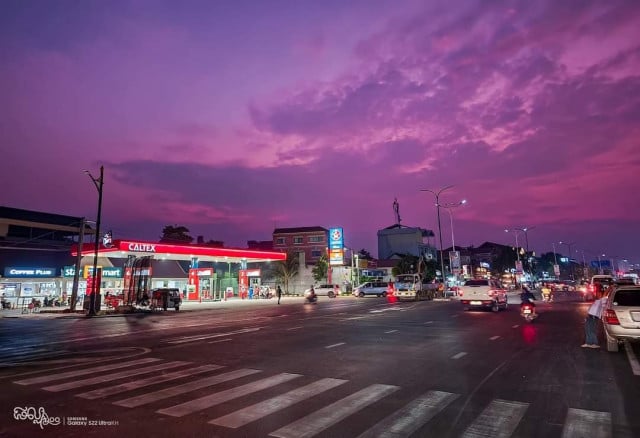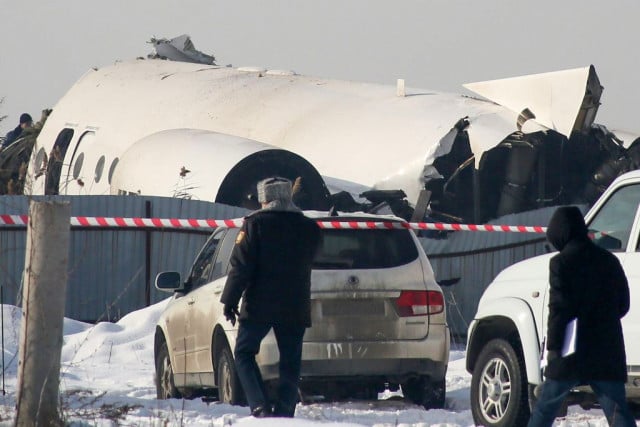Siem Reap: What If We Were Chasing the “Homo Motoricus” from the Hearth of the City?

- By Cambodianess
- December 11, 2022 10:00 AM
Quite wisely, the authorities of Siem Reap City and the national authorities have taken advantage of the zero-tourist period during the pandemic to redesign the street network in the city of the temples. Broad avenues with four if not six lanes, bicycle lanes and footpaths crisscross the city, ensuring the smooth flow of traffic.
However, even though tourists are only coming back little by little, some people already fear the return to traffic congestion in the city center, which is a visitor hotspot. At issue, all types of vehicles parking haphazardly on the principle that an empty space, wherever it is, is a space to use. No matter how much the streets are widened or how many parking spots are added, as long as the concept of parking causing obstruction does not get through the thick skulls of those on two, three or four wheels, the future is already written and features traffic jams of major proportions.
And so, the dream of offering visitors the picture of a quiet and green city, pleasant for pedestrians and cyclists, and offering at night a soothing break in-between trips to the temples, will go up in exhaust fume and the buzzing of internal combustion engines.
There is a solution, a radical one: a total ban on non-essential vehicles in the city center. Cars are left in designated parking lots outside a well-identified perimeter and, from there, people walk or rent bicycles.
Millions of dollars have been allocated for this colossal urban development plan. It would be a pity to see the expected results spoiled by the homo motoricus and his ego-motor-centricity.















